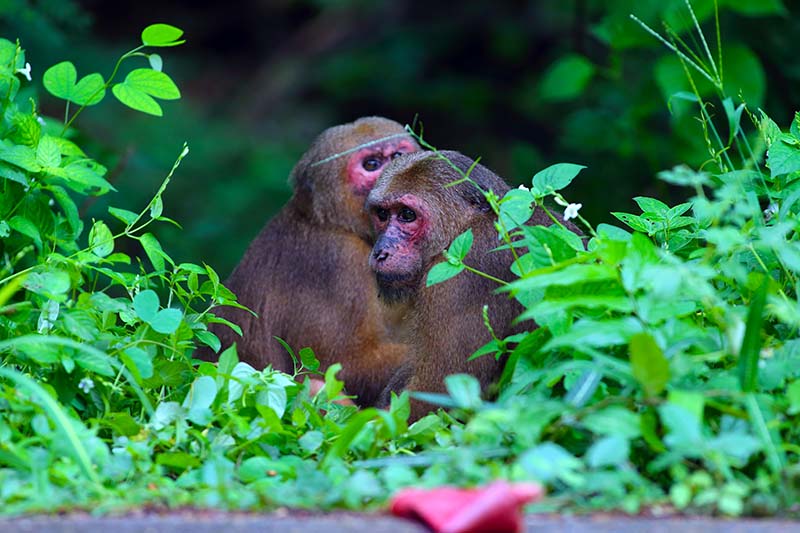
1.5-minute read
Do you have a favorite nature spot where you go to feel all of the good feelings—joy, hope, optimism, comfort? Whether your outdoor sanctuary is a lofty mountain peak, a pristine stretch of beach, an enchanted forest, or a wide-open prairie, connecting to nature is broadly acknowledged to improve human well-being. Interestingly, the mood-enhancing benefits of time spent in nature also benefit nature. How so? Well, according to biologists at Colorado State University, the positive emotions that we associate with a specific soul-soothing place on the planet also aid conservation by increasing our inclination to keep the great out there intact. And what is one of the best ways to amplify emotional connections to a particular landscape? Add wildlife.
To better understand what motivates people to care about preserving the natural world, researchers set out to determine if the reintroduction of bison to the Colorado prairie after a 150-year absence would increase visitor attachment to the North American grasslands—one of the most threatened ecosystems in the world. In the 18th century, bison, the largest mammals in North America, roamed grasslands in the tens of millions. By 1889, only 541 remained. Thanks to ongoing restoration efforts, today, there are around 20,000 of the hefty grazers in parks and reserves in the United States and Canada.
So do these iconic animals have a role to play in connecting people to nature and conservation? How do humans feel about bison, anyway? As it turns out, pretty darn good! Surveying visitors to the Soapstone Prairie Natural Area in Fort Collins, Colorado, before and two years after the reintroduction of a herd of bison, researchers measured a significant increase in how attached people felt to the conservation area. Soapstone Prairie visitors felt more at home, wanted to visit the area more and a resounding 95% felt that it was more important to protect the space after the high plains drifters returned to their historical home on the range. Bringing back bison had an immediate positive impact on people feeling a connection to conservation. We want to protect what we love, and if the experience of visitors to Soapstone is anything to go by, to know bison is to love them. And that’s good news for the preservation of our grasslands and native wildlife.
If you’d like to experience those big bison feelings for yourself, and you’re up for a winter road trip, you can find a list of all of the places they roam here.
And if you’d like to learn more about ongoing bison restoration projects across the rolling plains, visit American Prairie.




































































